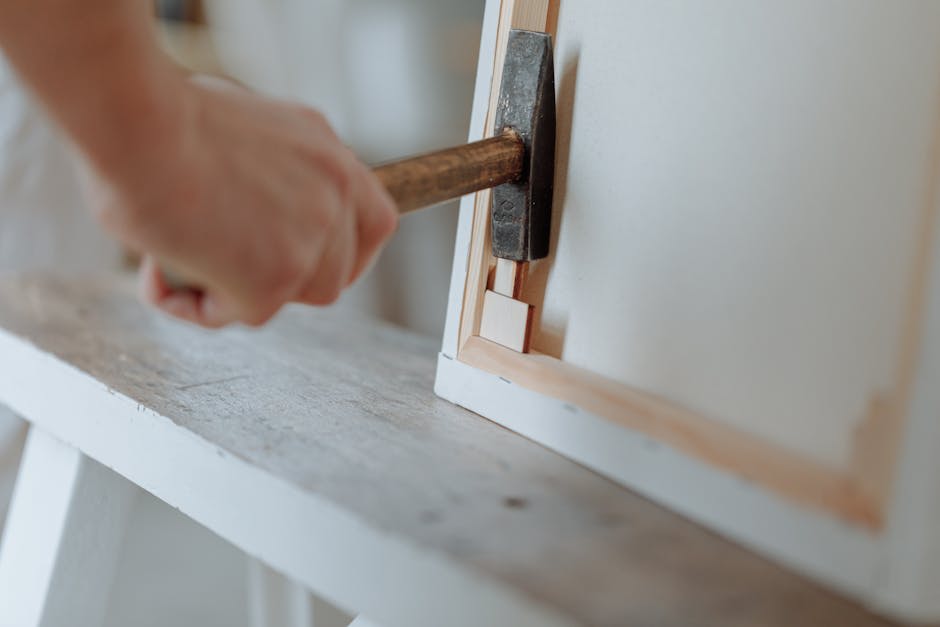In this detailed guide, you will learn how to integrate smart technology with energy-efficient practices to create a smart home that saves both energy and money. Follow these steps to make your smart home dreams a reality.
Ideal conditions
Best time of the day
Morning
Suggested age
18+
Best weather conditions
Any
Budget
Between 0 and 1000 euro
Bookmark this guide for later use, or better: Add it to your agenda!
Estimated duration: 1 day
Last editted on: 09-09-2024 19:25
Evaluate Your Current Energy Usage
Begin by assessing your current energy consumption to identify areas for improvement. Collect your past few months' energy bills and use online energy calculators to determine where most of your energy is consumed. This will help you prioritize areas that require the most attention.
Focus on major energy consumers like heating, cooling systems, water heaters, and large appliances. By understanding your baseline energy usage, you can set realistic goals for your energy-efficient smart home.
Upgrade to Smart Thermostats
Install smart thermostats to gain greater control over your home's temperature settings. These devices learn your schedule and preferences, allowing them to reduce energy usage when you're not home. Popular options include Nest Thermostat, Ecobee, and Honeywell Home.
Use the accompanying apps to monitor and adjust temperature settings remotely, ensuring comfort while saving energy. Take advantage of features like geofencing and algorithms that optimize energy consumption based on current weather conditions.
Incorporate Smart Lighting Systems
Replace your traditional bulbs with energy-efficient smart LED bulbs that you can control via mobile apps or smart assistants. Brands like Philips Hue and LIFX offer versatile options with settings to adjust brightness and color.
Set schedules for your lights to turn on and off automatically or use motion sensors to light rooms only when necessary. This not only reduces energy consumption but also enhances security and convenience.
Integrate Smart Plugs and Energy Monitors
Install smart plugs to control non-smart appliances, allowing you to power them on or off remotely. By using apps or voice commands, you can ensure devices are not left running unnecessarily. Consider using Belkin WeMo or TP-Link Kasa for reliable options.
Additionally, invest in energy monitors to track real-time usage of your appliances. This data helps you identify which appliances consume the most power and need optimization or replacement.
Optimize Home Insulation
Improving your home's insulation can significantly reduce heating and cooling costs. Ensure your windows and doors are well-sealed to prevent energy loss. Consider upgrading to energy-efficient windows or adding window films.
Adding attic insulation can also prevent heat loss during winter and keep your home cooler in the summer. By maintaining a stable indoor temperature, smart climate systems can operate more efficiently.
Plan this experience
Discover the world beyond this screen. Play, try, and be yourself. Take the next step with PlayTryBe and bring your interests to life.











